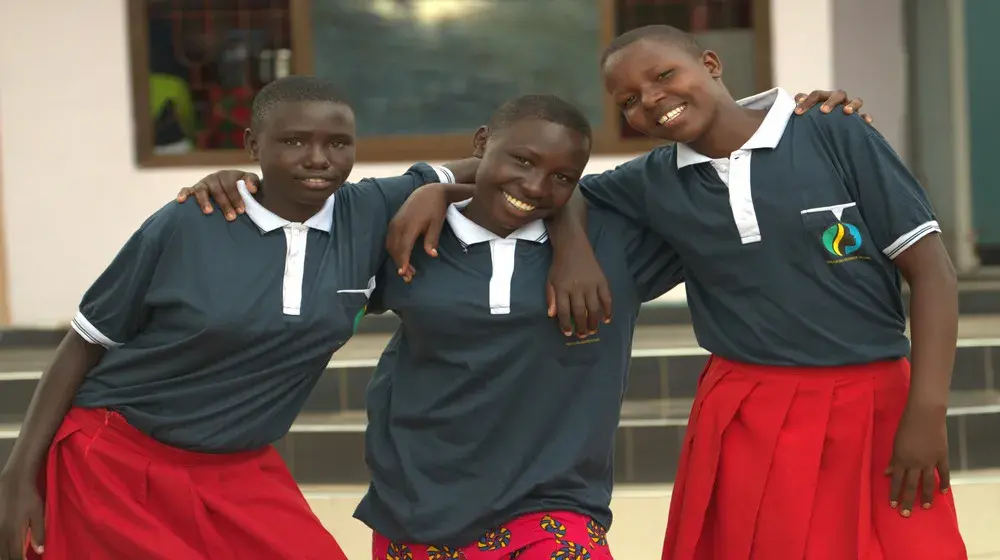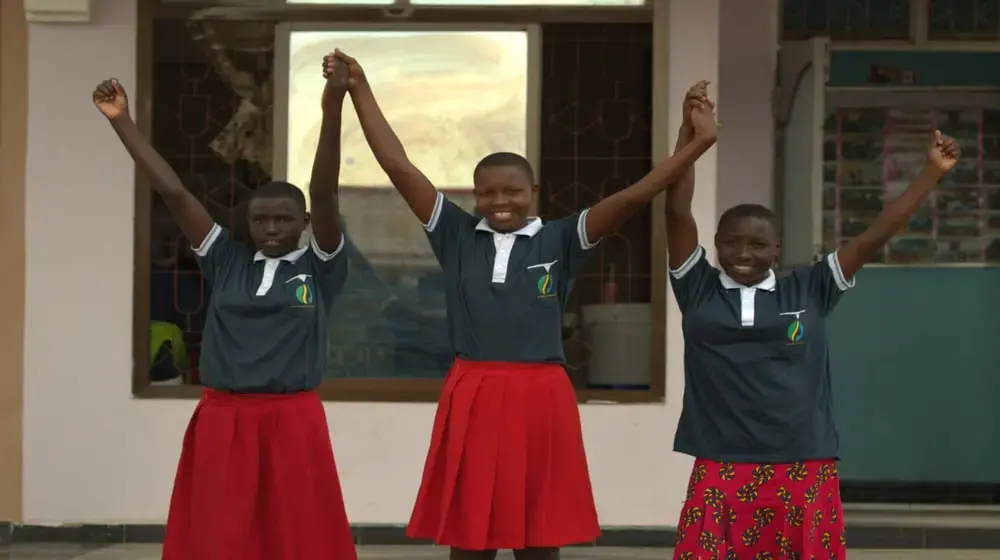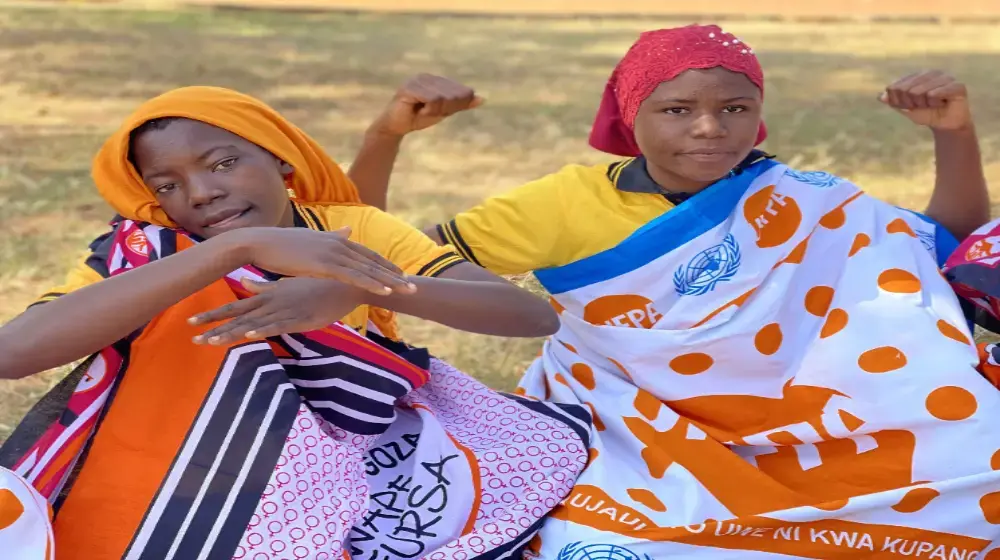Young open-source mapping volunteers descended on UNFPA during GA week for a mapathon to assist girls at risk of FGM in Tanzania.
Mapping for FGM
At the tail end of “General Assembly week” in New York in late September, UNFPA’s Orange Café was buzzing with activity, filled with a diverse group of young university students and activists huddled in front of computers that were plastered with protest and social justice stickers. Many wore t-shirts that read “Youth Mappers”. What are Youth Mappers? They are part of an international consortium of young people using open-source data and mapping to make a difference. And what were they up to at UNFPA’s Orange Café? They were “Mapping for FGM” — a “mapathon” organized to complement the high-level panel on female genital mutilation that happened down the street at the UN General Assembly the day before and to shine light on the technical initiatives that are playing an important part in the fight against the practice.
“Today, with the media, social media and all these communities, information is moving fast and is reaching places where we didn’t have any information before,” said Nafissatou Diop, Senior Advisor and Coordinator for the UNFPA-UNICEF Joint Programme on the Elimination of FGM. “Mapping is one way of doing this. By having this mapathon, we are getting more information, more attention, and more support to end the practice of FGM,” she continued.
The students, plus 6,000 volunteers who were taking part in similar “Mapping for FGM” events across the globe on that day, were using OpenStreetMap, an online open-source map that anyone is able to access, edit and update. The mapathon at the Orange Café and the day's other global events were just a sample of what’s happening on a continuous basis, volunteers working to fill in the gaps on rural maps that may end up making the difference between life or death for a girl at risk of FGM.
Activism and technology working hand-in-hand
Activists on the ground in Tanzania were present at the Orange Café event, including Rhobi Samwelly, whose personal experience of being forced to undergo FGM as a child inspired her lifelong activism and commitment to fight for the rights of girls and women. Janet Chapman, the creator of Crowd2Map Tanzania, a crowdsourced mapping project, led the event.
Crowd2Map Tanzania is creating volunteer programmes in partnership with several universities around the world to try and systematically map and document villages in areas where FGM is present. “We are building a global network to unite people from across the world so that activists can better protect (girls at risk),” explains Ms. Chapman. She presented the tools — the different software and the ins-and-outs of mapping and tracking — to the group in the Orange Café, which included a number of UNFPA staff members.
So how does it all work?
Ms. Diop explains that using the mapping technology to help girls at risk of FGM works in two main ways:
- It helps local NGOs, grassroots organizations, activists and police to physically get to the girls-at-risk. Many remote villages in Africa are very poorly mapped, so if an NGO receives a tip from community members that a girl is in danger of FGM, the information supplied by the open-source maps can get them to the destination as quickly and as safely as possible.
- It informs the girls and their communities about rescue centres and safe houses. Although most at-risk girls are too poor to own smartphones, they are still accessing information on where the rescue centres are from drivers who are working with NGOs, grassroots organizations and local police who help spread the information to the girls.
“During the seasonal cutting, girls are now — those who are educated — they are running. They’re escaping FGM and they run to be protected to the safe house” said activist Rhobi Samwelly, in a video interview produced by the global news organization Al-Jazeera. “We can’t work directly and get to the village and save them because we don’t know which road is short, which road we can use, even to go to reach these villages. So mapping villages is helping us to identify some of the villages that have girls who are at risk,” she continued.
But Ms. Diop points out that although saving girls in high-risk areas is critical, the problem needs to be addressed at its root. “We want this to help us to be able to conduct community dialogue and education in those areas — to convince the whole family — because we don’t want to encourage girls to run out of their house,” she explains. “We want the girls to be happy with their families and we want the whole family and community to recognize that this practice of FGM is not really helpful for the community, for their family, for the country, and it’s harmful for the girls.”
Measuring the impact
“Mapping is really compensating for the lack of information we may have from demographic and health or household surveys,” Ms. Diop added. “It’s useful for the girls’ identification, their localization on a map, as well as trying to identify how the response to protect them can be the most efficient.”
She says that in terms of the impact, from the grassroots level and NGOs especially, mapping is contributing to improving their work. And additionally, she feels that mapping may be able to be used as an advocacy tool, to take the information it generates to governments to say ‘Here are the villages and areas where girls are most at risk of female genital mutilation. What are you doing about it?'
Uniting under a cause
The Mapping event was just a quick peek into the technological movement behind open-source mapping and its use for causes such as the fight against FGM. There was a special atmosphere in the room during the mapathon, as young and passionate “mappers” added information to maps that make the difference between life and death for a young girl in Tanzania. As technology continues to be considered something that isolates us, this project may serve as an example of how technology can bring us together and help to solve the world’s most crucial humanitarian problems.





